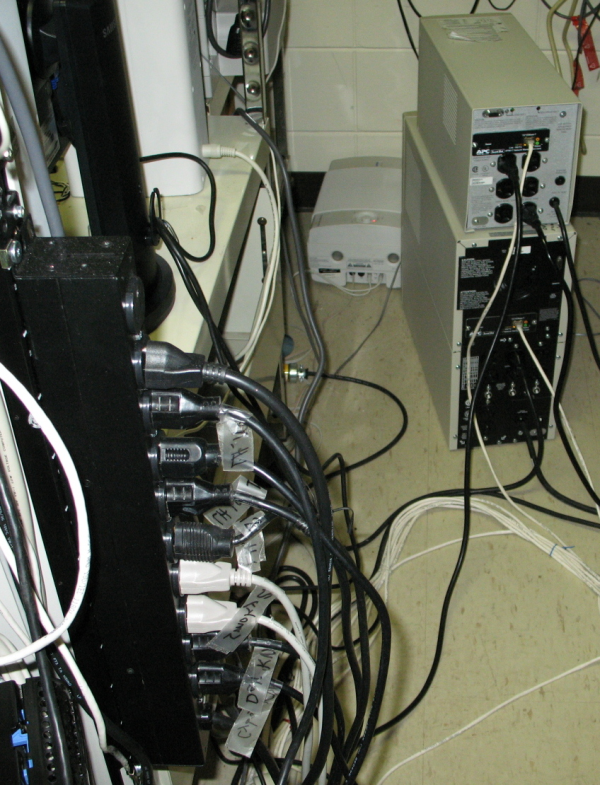The first of a two-part series on data center capacity management.
By Rob Aldrich, CTO and Founder of EcoLibrium Services, LLC
There are several best practices that are often considered as an after thought to a sound capacity management strategy for today’s data center operations. Here are a few low- or no-cost ways to improve your approach to power and cooling capacity management. This is the first in a series of posts on data center capacity management.
Reporting
Do
Federate reporting out to both facilities and IT departments using a consistent data access, aggregation and reporting framework. Said framework should provide capacity measurements for each domain that are intuitive to the domain managers. For example, a server manager will want to see total, average server utilization. For servers, utilization is typically measure as a blend of processor capacity, Input/Output (I/O) and memory. By contrast, a facilities manager wants to see electrical and mechanical utilization of cooling and battery backup systems. For both domains, utilization can be expressed as a percentage of total system capacity. This reporting should be provided through a centralized portal that both facilities and IT managers can bookmark and set up notification preferences when capacity thresholds are exceeded. The best example of a high-level dashboard like this has been implemented by Dean Nelson at eBay. He has implemented a management framework that supports capacity management among others called Digital Service Efficiency (DSE). DSE is a free and open model that can be adopted by any organization today through the Data Center Pulse LinkedIn group.



